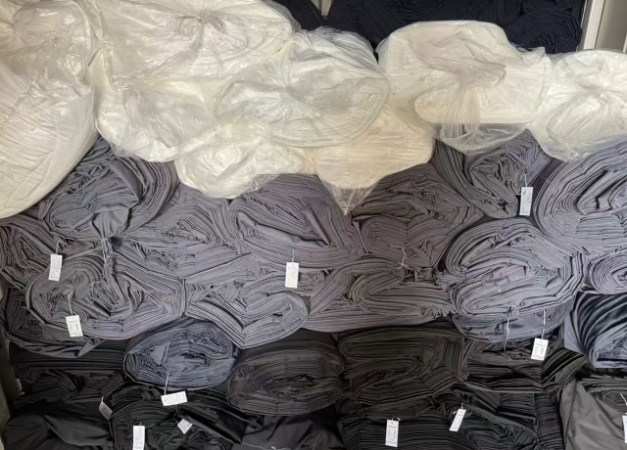ADDRESS
- Zicun, Chongfu Town, Tongxiang City, Zhejiang Province, China.
CONTACT
- Tel: +0086-13857379100
- Fax: +0086-0573-89372132
- Email: [email protected]
Industry Background
Amid the global textile industry's green transformation, recycled materials have become a key driver of sustainable development. According to Textile Exchange's 2022 report, worldwide production of recycled polyester fiber has exceeded 10 million tons, accounting for 15% of total textile fiber production, with a compound annual growth rate (CAGR) of over 8%. Our team has specialized in GRS (Global Recycled Standard) certification for more than seven years, witnessing the evolution of recycled textiles from an emerging concept to a rapidly expanding industry.
Client Case Study
A notable example is one of our strategic clients, who, since 2022, has undergone a full-range transition to recycled fabrics across all product categories—including apparel, home textiles, and industrial textiles (12 categories in total). Beyond material substitution, the client has established a closed-loop system spanning raw material sourcing to end-product sales. By adopting post-consumer recycled (PCR) polyester yarn, they reduce CO₂ emissions by 4.2 tons per ton of material (source: 2023 PET Recycling Association White Paper). Such comprehensive sustainability initiatives are setting new industry benchmarks.
Consumer Trends & Market Forces
This shift reflects a broader consumer revolution: McKinsey's 2023 Global Consumer Survey reveals that 73% of Gen Z shoppers are willing to pay a 10-15% premium for sustainable products—a 28% increase from 2018. Regulatory frameworks like the EU's "Strategy for Sustainable and Circular Textiles" are further accelerating adoption. Notably, recycled textiles are no longer limited to basic products (e.g., tote bags) but are expanding into high-value segments like performance sportswear and medical textiles.

Strategic Value & Future Outlook
From a GRS certification perspective, this transition goes beyond material swaps—it represents a systemic rethinking of value chains. The industry is moving toward a circular "resource-product-recycled resource" model, encompassing waste collection, recycling tech, and certification management. The International Textile Manufacturers Federation forecasts the recycled textile market to surpass $45 billion by 2026, validating early adopters while demanding continued innovation.
Call to Action
In this high-growth sector, pioneers in recycled materials already hold a competitive edge. We recommend that industry players not only master technical GRS requirements but also proactively integrate recycled materials into product design, manufacturing, and brand storytelling to secure long-term advantage in the green economy.